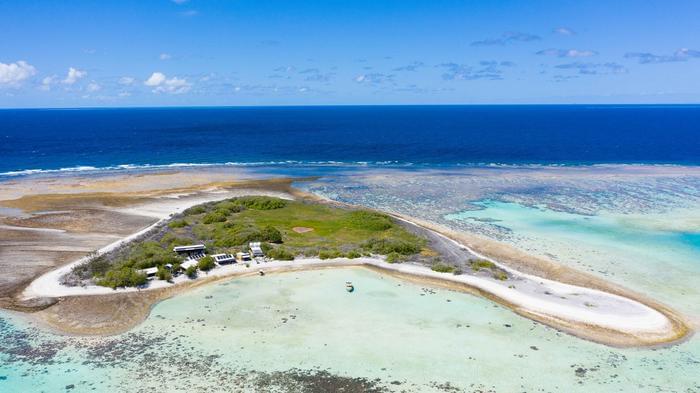“This study has given us an historical picture of how the emerging modern reef responded to huge environmental stress,” said Dr. Jody Webster.
What events caused the Great Barrier Reef to become what it is today, specifically over the course of the last six to eight thousand years, or just after the last Ice Age? This is what a recent study published in Quaternary Science Reviews hopes to address as a team of international researchers conducted an in-depth scientific analysis on various aspects of the Great Barrier Reef to ascertain the environmental factors that contributed to the Reef’s present conditions. This study holds the potential to help scientists better understand how reefs evolve over time and the environment’s role in their evolution.
For the study, the researchers drilled almost two dozen coral samples and analyzed them using a variety of methods, including computer tomography, scanning electron microscopy, and X-ray diffraction to ascertain yearly growth patterns within the coral samples. In the end, they determined that environmental factors, including increased water temperatures, ocean turbulence, and rising sea levels, led to increased nutrients, which contributed to the growth of the Great Barrier Reef, and is consistent with previous studies.










Comments are closed.